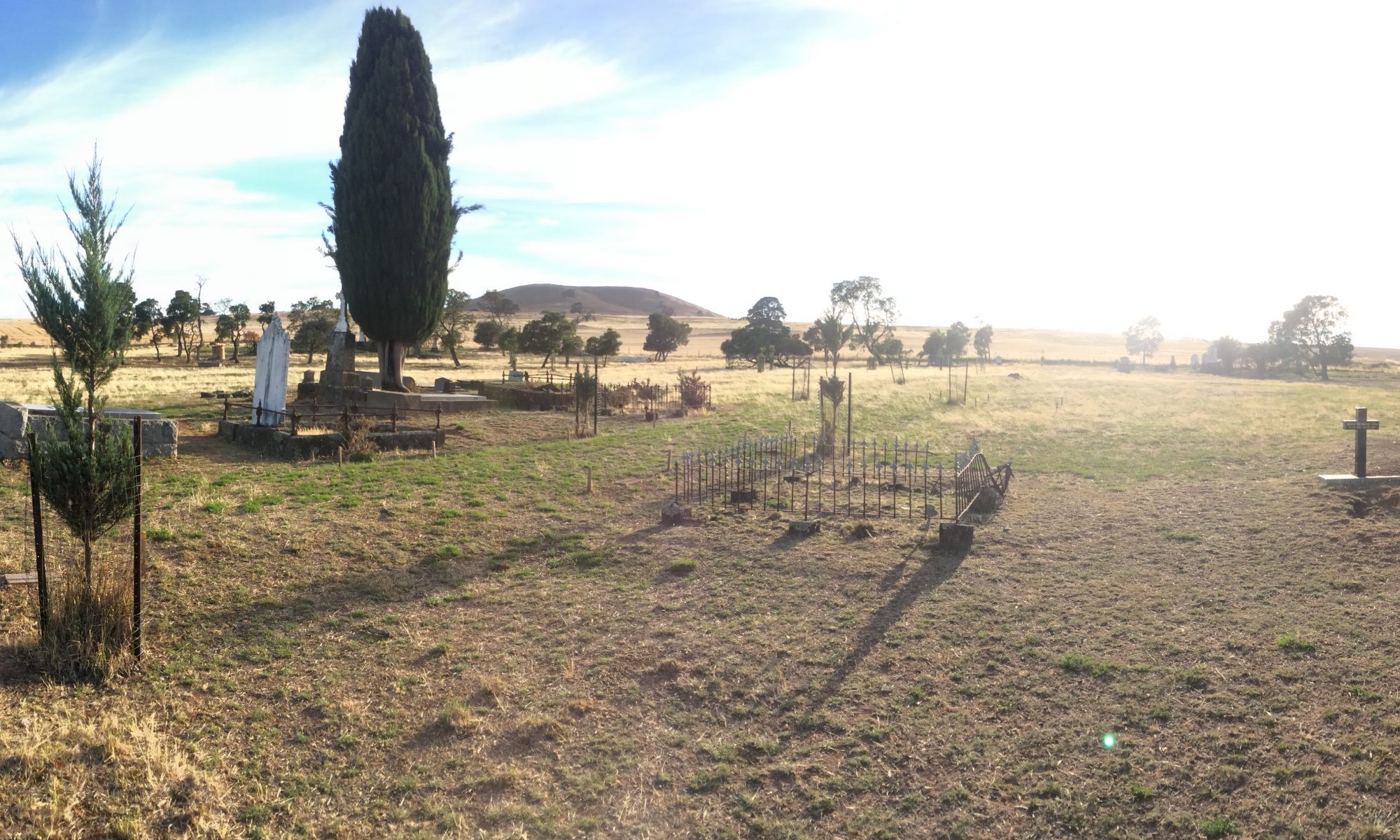The GPR-SLICE user manual can be downloaded from here.
List of GPR-SLICE tutorials:
- How to install GPR-SLICE.
- Getting started: introduction to GPR-SLICE.
- Addendum to the GPR-SLICE introduction: how to use the bandpass frequency filter to improve the visibility of targets in GPR data.
- How to update GPR-SLICE.
- How to process GPR data that doesn’t have GPS or total station data (i.e. GPR data collected using a standard survey grid).
- Automated hyperbola detection using the BridgeDeck module
- Automated horizon/layer detection and mapping
- How to display and interpret radargrams
- Data interpretation with the XYPoints and OpenGL systems.
- How to plot single-baseline navigated (“spline”) GPR data
- Project management (opening, closing, and archiving projects)
- How to handle duplicate radar data filenames in GPR-SLICE.
- How to process Leica DS2000 and IDS Opera Duo GPR data for processing in GPR-SLICE.
- How to process Mala GroundExplorer data in GPR-SLICE (with only the start and end coordinates for each line).
- How to process Mala GroundExplorer data in GPR-SLICE (assuming you used a robotic total station to collect data along each radargram).
- How to create XY info files and perform grid math operations in GPR-SLICE.
- How to process drone-mounted Radarteam GPR data in GPR-SLICE.
- The Colour Transform windows used to change the colour scheme and contrast of radargrams and time/depth slices in GPR-SLICE.
- How to import topographic data into GPR-SLICE (e.g. LiDAR) that was not collected by your GPR during GPR data collection, and how to use that data to perform topographic corrections to your GPR data.
- How to extract layer volume measurements (useful for e.g. measuring the volume of a gravel/soil/concrete/midden layer in GPR data).
- How to process ImpulseRadar Raptor multichannel data in GPR-SLICE.
- How to process US Radar Quantum Imager data in GPR-SLICE.
- How to process Proceq GPR Live concrete data in GPR-SLICE.
- Converting a GPS/TS-based dataset into a Vector survey type in order to correct for antenna topography, tilt, roll, yaw, and pitch.
- How to export X-, Y-, and Z- slices to image files in GPR-SLICE.
- How to process Mala EasyLocator Core GPR data in GPR-SLICE.
(More to come in future; feel free to contact us if you wish to make a request)
System requirements:
-The latest version of Microsoft Windows (desktop version, not Windows Mobile)
-The latest version of Microsoft’s .NET Framework. (This can be downloaded here)
-A dedicated Nvidia graphics card is strongly recommended. The more memory on the graphics card, the better. Please note well that other graphics card manufacturers do not provide OpenGL support as well as Nvidia; GPR-SLICE relies on OpenGL, so we strongly recommend you have an Nvidia graphics card.
-Minimum of 2GB of RAM for use by GPR-SLICE (my idling Windows 10 installation is using 2GB of RAM on its own, so to run GPR-SLICE, I would need 4GB of RAM minimum, assuming no other software is open in the background). More RAM = faster processing and greater stability. (N.B.: GPR-SLICE is a 32-bit application, so it cannot currently use more than 4GB of RAM anyway)
-At least one USB port for our USB security key (which must be plugged into the computer when using GPR-SLICE).
GPR-SLICE will operate on a desktop version of Windows (i.e. not on Windows Mobile), as long as there is sufficient memory for the GPR data that is being processed within GPR-SLICE. For example, if you have collected GPR data over an area of 20 x 20m, then the memory requirements will be much less than if you had collected GPR data over a 100 x 100m area.
Essentially, the more RAM and graphics memory the computer has, the faster it will process and render data in the OpenGL environment.
GPR-SLICE uses OpenGL for rendering three-dimensional datasets. Nvidia graphics cards seem to have the best support for OpenGL, so we recommend users have a dedicated Nvidia graphics card. This isn’t a vital requirement, but it is strongly recommended. GPR-SLICE is more stable when run on a computer with an Nvidia card.
A USB security key needs to be plugged into the computer whenever the software is being run, so the computer will need a USB port. The security key requires its own driver software, which is provided alongside the GPR-SLICE installation files.
It is possible to run GPR-SLICE on Apple’s OS X using virtualisation software. I run GPR-SLICE on my iMac using VMWare v7.1; other users use Parallels instead of VMWare. Please note that we do not provide support for virtualisation, as the virtual environment often does not support OpenGL properly. GPR-SLICE is only supported on native installations of the latest desktop version of the Microsoft Windows operating system.
To give you an example of a system that runs reasonably fast and stable: the virtual machine I have running on my Apple iMac (which I use routinely for my own consulting work) has 20GB RAM, an Intel Core i7 3.5GHz CPU (using four CPU cores), and uses the iMac’s GPU, which is an Nvidia card that provides up to 2GB of graphics memory to the virtual machine.
If you use anti-virus software, you may have troubles opening or updating GPR-SLICE. We have observed problems with AVG Anti-Virus, Kaspersky Anti-Virus, and BitDefender. You will need to add the C:\slice\v7.0\gprslicev7.exe file and/or the entire directory at C:\slice\ into your anti-virus software’s white-list to override the anti-virus software.

